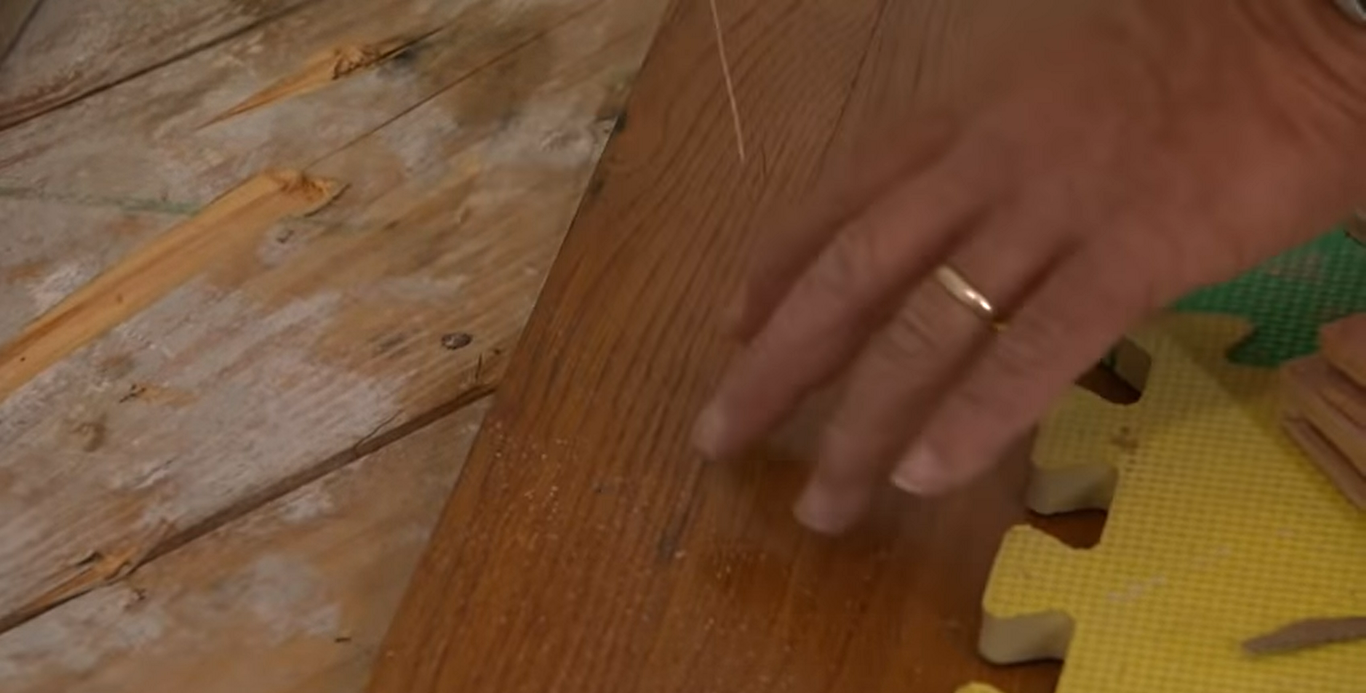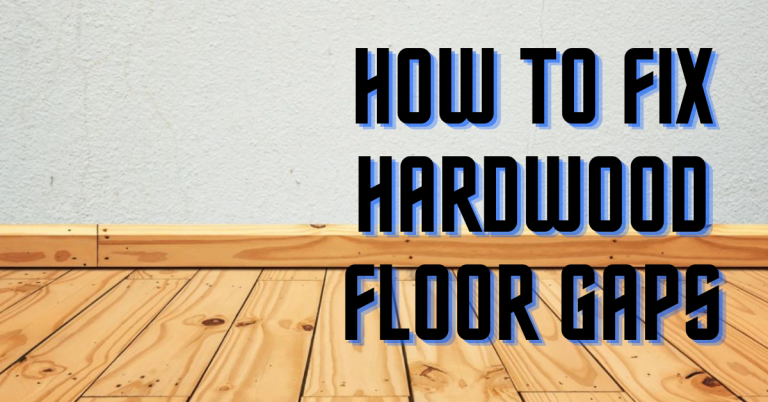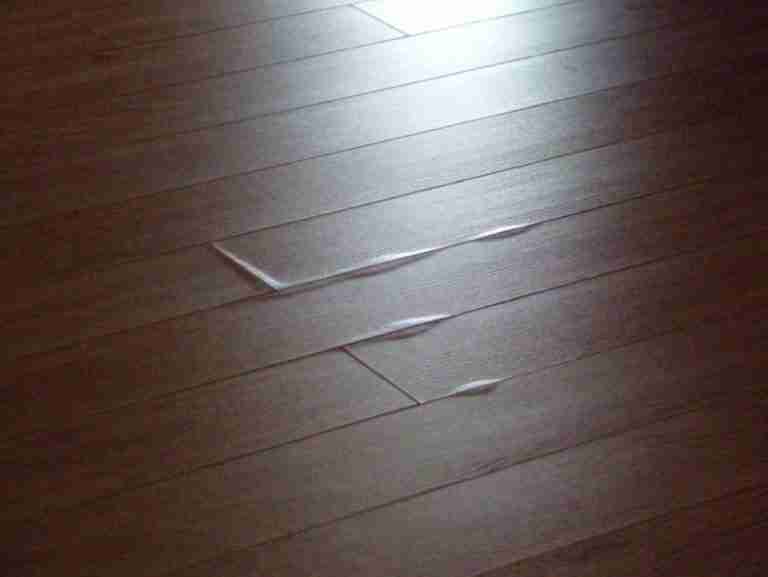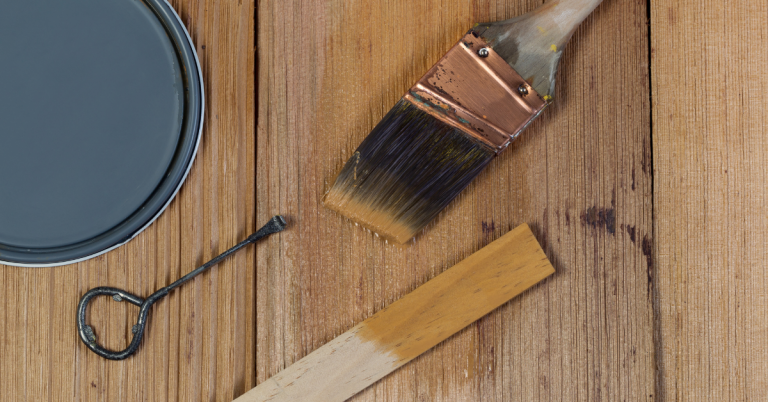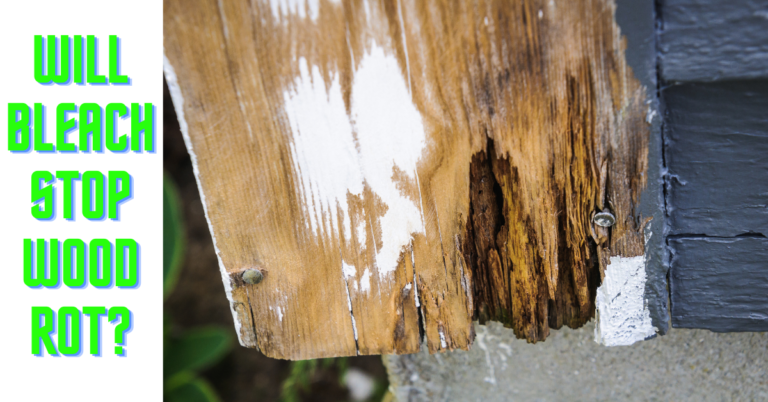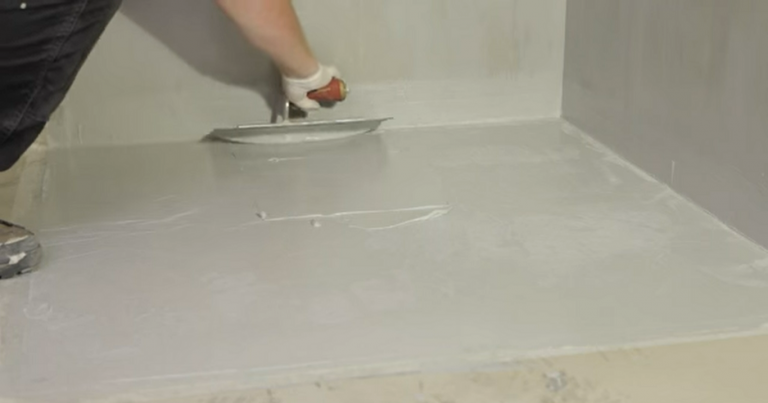Signs Of Water Damage On Hardwood Floors (What You Need To Know)
The wood floors in the home are beautiful and eye-catching. The sparkle it brings is unrivaled and makes you want to care for them even more. Typically, wood is long-lasting when maintained, but when water seeps into it, it becomes an eyesore.
The engineering of hardwood flooring makes it prone to water. If it soaks into it, it will likely damage. The floorboards begin to warp, bend, and discolor and could be permanently ruined if you don’t act fast.
The most common types of wood floor damage are warping and cupping, but other types exist. We will explain the signs of water damage on hardwood floors and how you can address them.

All at a Glance
What Causes Water Damage to Hardwood Floors?
As earlier pointed out, the hardwood floor is permeable, leaving it at the mercy of the water. If it absorbs excess water and remains wet for an extended time, damages will likely occur. The cause of water damage is moisture, but the source varies.
The following can cause water to seep into your hardwood floor.
- Plumbing Leaks
When a pipe bursts, water escapes and results in a plumbing leak. Most leaks occur in aging homes or appliances that have been used over time. It’s paramount to carry out periodic maintenance to prevent these leaks early.
- Structural Leaks
Water can seep into your home and precious wood floors via the foundation. This damage occurs after flooding from heavy rainfall or hurricanes, primarily if the house wasn’t drenched properly.
Also Reads: Top 5 best deck sealer for pressure treated wood
Signs of Moisture Damage to Wood
- Cupping
Cupping is a less severe form of water damage. It is identified by the plank shape. If the wood curls up at the edges along the length and sinks in the middle, it’s cupping. It is caused by water imbalance when there’s more moisture at the bottom than at the top.
Because the bottom has a higher water content than the top, it will absorb more water. The wood underneath will swell, causing the top to sink. Cupping is unpleasant, but it can be corrected.
- Warping
Warping is more severe than cupping. It is identified by the expansion of the floorboards. Sometimes, warped hardwood may cup, buckle, or create swellings on the floor if more than a board expands.
- Crowning
Crowning is the opposite of cupping. Here, the floorboards’ edges sink while the middle swells. It makes the floor develop an arched shape and uneven. Crowing indicates that the moisture at the top of the floorboard is higher than that at the bottom.
When moisture in the air rises, the wood reacts in the form of swelling. Crowing can also be caused if water comes in direct contact with the wood. An example is wet shoes and dishwashers on the floor.
Crowning is the same as buckling. At first, it is hard to identify. Over time, it worsens, and that’s where it becomes identifiable. Cupping and crowning occur together most times.
- Discoloration/Staining
Staining is another typical sign of a water-damaged hardwood floor. When the boards absorb water, and it sits over a prolonged period, black spots become present. The dark coloring is caused by water minerals, mold, and mildew.
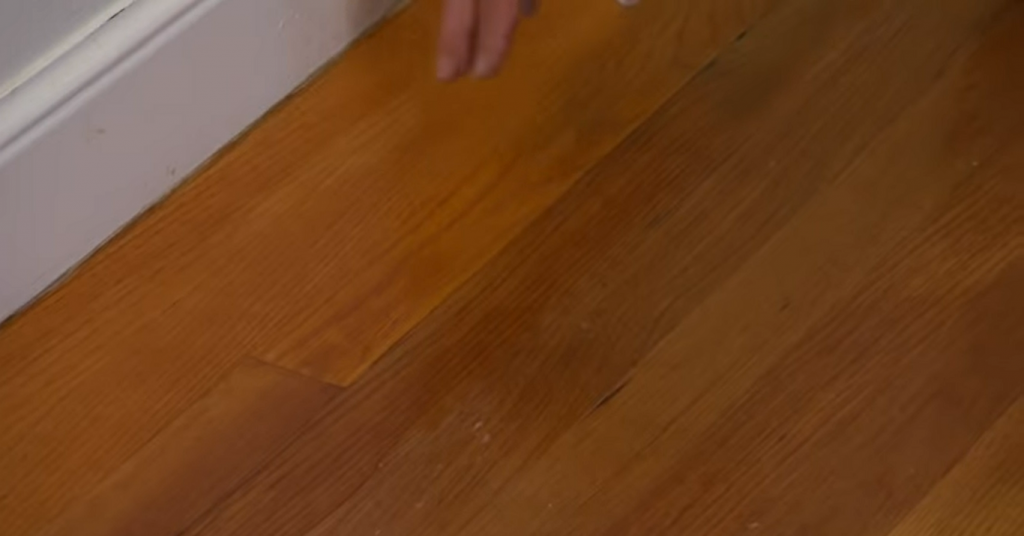
How to Restore Water Damaged Hardwood Floors
If you have damaged hardwood flooring, you’ll probably be asking yourself whether you should repair or replace the wood. Your answer depends on some factors, which we will discuss in this subsection.
1. Check the Extent of the Damage
We earlier explained the signs of water damage on hardwood floors. You must identify and assess the level of damage. Knowing this will give you the upper hand in handling the issue effectively.
2. Determine the Amount of Water Exposure
Wood flooring damages vary according to how long the hardwood stayed wet and the extent of the damage. If the wood is left to dry on its accord, there’s a high possibility that it still has moisture in the subfloor.
Typically, the moisture content in any hardwood is between 6% – 12%, while a flooded floor will have about 40% moisture. At 40%, the wood is severely damaged.
If the damage isn’t severe, the floor is redeemable. Simply replace the affected boards, sand, and refinish the floor. If serious, you’ll need to replace the entire floor.
3. Verify the Water Source
Now, it’s time to find out the source of the water damage. We have already explained that the water could arise due to plumbing or structural leaks. If, after inspecting, you see these leaks, fix them immediately before carrying out the wood repair.
How to Repair Water-Damaged Floors
You can do a DIY repair to cut down on costs if replacement isn’t necessary. The earlier you fix the damaged floor, the higher the chance of saving it. To address the issue, you need;
- Shop vacuum
- Stiff brush
- Bucket
- Dehumidifiers
- Disinfectant
Once you have all the materials, proceed to the following steps.
- Remove all the pieces of furniture and coverings on the floor.
- Remove the water from the surface with a shop vacuum. Remove as much water as possible.
- Mix detergent and a disinfectant in the water. Use a stiff brush to scrub the surface. Rinse at intervals and avoid pouring so much water on the floor. In areas with molds, wash with trisodium phosphate.
- Dry the floor slowly with dehumidifiers and fans. These will suck up moisture from the air.
- Sand the floors after drying if you notice some parts are uneven.
- Remove the paint with an abrasive cleaner. Mold can get trapped inside and cause you problems in the future.
How to Fix Warped Wood Floors without Repair
As you may have known already, warping is problematic for wood. The idea that you’ll spend a fortune to repair a warped wood floor can further be stressful, but it doesn’t have to be. The issue may not be as bad as you think.
Humidity causes wood to warp. So, to deal with warping, you must attack the humid temperature in your home. How do you do that, you may ask? After identifying the water source, you need to balance the humid temperature of the room.
In non-humid weather, consider running fans in the windows to direct warm air into the space. Ensure the AC is turned off as it can drive away the warm air. You can also set up a dehumidifier underneath the damaged portion to pull out moisture and accelerate drying.
If your flooring doesn’t return to its original state after this, you’re dealing with a more severe form of warping. Still, it isn’t something to be anxious about. You may need to replace the plank in that area with a fresh one from inconspicuous parts of the home.
Frequently Ask Question on Signs Of Water Damage On Hardwood Floors
- What does water damage look like on hardwood floors?
Water damage is usually characterized by its color and appearance. If you notice your hardwood floors are appearing darker or losing their color, you’re dealing with stains. It indicates the presence of mold or mildew on the floor.
- Can you get water out of wood floors?
You can get water out of wood floors with devices and tools, such as a dehumidifier, wood cleaner, mop/rag, fans, wet vacuum, etc. Depending on the extent of the damage, you may need to refinish the hardwood floor, patch some areas, or replace it in the worst-case scenario.
- What happens if a little bit of water sits on the hardwood floor?
Wood is a porous material. That makes it natural moisture absorbent. A small amount of water spill can seep into the wood quickly, sit inside, and cause staining and warping. This would still happen whether the wood is waxed or not.
- How long does it take for water to damage wood floors?
It can happen quickly. The first 24 hours are vital because the longer the water stays in the wood, the worse the damage. You can save the wood if you draw the water from the wood floor and dry them quickly.
- Can mold grow under hardwood floors?
Hardwood floors are organic materials. That makes them susceptible to mold growth because mold grows on organic materials exposed to high humidity or trapped with water.
- How much does it cost to repair a water-damaged floor?
It can cost up to $50 per sq. ft. in repairs. Typically, it’s costlier to repair a water-damaged floor than to replace it.
- Will a warped wood floor go back to normal?
Warped wood floor is certainly not a pleasant sight, but it’s reversible most times. You can correct it by allowing heat inside the room to flatten the elevated flooring and remove the moisture.
Conclusion: Signs Of Water Damage On Hardwood Floors
Water damage on hardwood floors can be a heavy blow and keep you unsettled. On top of that, you could spend thousands of dollars on repairs. To provide adequate protection to your wood floors, ensure you seal the wood often and fix any water leaks in and around the home.
In addition, perform routine checks to ensure the floor remains beautiful and healthy. When you do all these, expect the wood to last long.
Important Reads:

